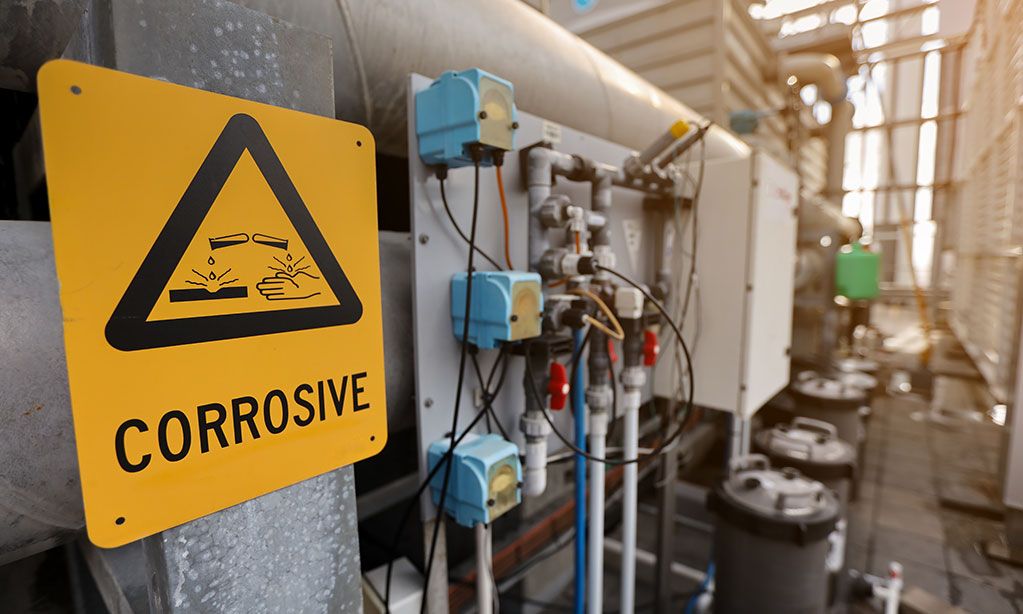
RECENT POSTS

Emergency Planning and Community Right-to-Know Act (EPCRA)
The Emergency Planning and Community Right-to-Know Act (EPCRA) of 1986 was created to help communities plan for chemical emergencies. It also requires the industry to report on the storage, use and releases of hazardous substances to federal, state, and local governments. EPCRA requires state and local governments and Indian tribes to use this information to prepare for and protect their communities from potential risks
The Emergency Planning and Community Right-to-Know Act (EPCRA) was passed in 1986 in response to concerns regarding the environmental and safety hazards posed by the storage and handling of toxic chemicals. These concerns were triggered by the 1984 disaster in Bhopal, India, caused by an accidental release of methylisocyanate. The release killed or severely injured more than 2000 people.
To reduce the likelihood of such a disaster in the United States, Congress imposed requirements for federal, state, and local governments, tribes, and industry. These requirements covered emergency planning and “Community Right-to-Know” reporting on hazardous and toxic chemicals. The Community Right-to-Know provisions help increase the public’s knowledge and access to information on chemicals at individual facilities, their uses and releases into the environment. States and communities working with facilities can use the information to improve chemical safety and protect public health and the environment.
Section 2018 of the America’s Water Infrastructure Act, enacted on October 23, 2018, amended the emergency release notification and the hazardous chemical inventory reporting requirements of the Emergency Planning and Community Right-to-Know Act (EPCRA). This new legislation requires state and tribal emergency response commissions to notify the applicable State agency (i.e., the drinking water primacy agency) of any reportable releases and provide community water systems with hazardous chemical inventory data. These requirements went into effect immediately upon signing the law.
Key Provisions of EPCRA
Sections 301 to 303. Emergency Planning (3 pp, 203 K, About PDF)
Local governments are required to prepare chemical emergency response plans and to review plans at least annually. State governments are required to oversee and coordinate local planning efforts. Facilities that maintain Extremely Hazardous Substances (EHS) on-site in quantities greater than corresponding threshold planning quantities (TPQs) (6 pp, 219 K, About PDF) must cooperate in emergency plan preparation.
Section 304. Emergency Notification
Facilities must immediately report accidental releases of EHSs and “hazardous substances” defined under the Comprehensive Environmental Response, Compensation, and Liability Act (CERCLA). Any releases of these substances in quantities greater than their corresponding Reportable Quantities (RQs) must be reported to state and local officials. See also Continuous Release Reporting.
Sections 311 and 312. Community Right-to-Know Requirements
Facilities handling or storing any hazardous chemicals must submit Material Safety Data Sheets (MSDSs) (or Safety Data Sheets, SDSs) to state and local officials and local fire departments. Hazardous chemicals are defined under the Occupational Safety and Health Act and its implementing regulations. MSDSs (or SDSs) describe the properties and health effects of these chemicals. Facilities must also submit an inventory form for these chemicals to state and local officials and local fire departments.
Section 313. Toxics Release Inventory (TRI)
Facilities must complete and submit a toxic chemical release inventory form (Form R) annually. Form R must be submitted for each of the over 600 TRI chemicals that are manufactured or otherwise used above the applicable threshold quantities.
Section 322. Trade Secrets
Facilities are allowed to withhold the specific chemical identity from the reports filed under sections 303, 311, 312 and 313 of EPCRA if the facilities submit a claim with substantiation to EPA.
Related Articles
Subscribe for Updates:
Sign up here to get the latest news, rules, and regulations and delivered right to your inbox.